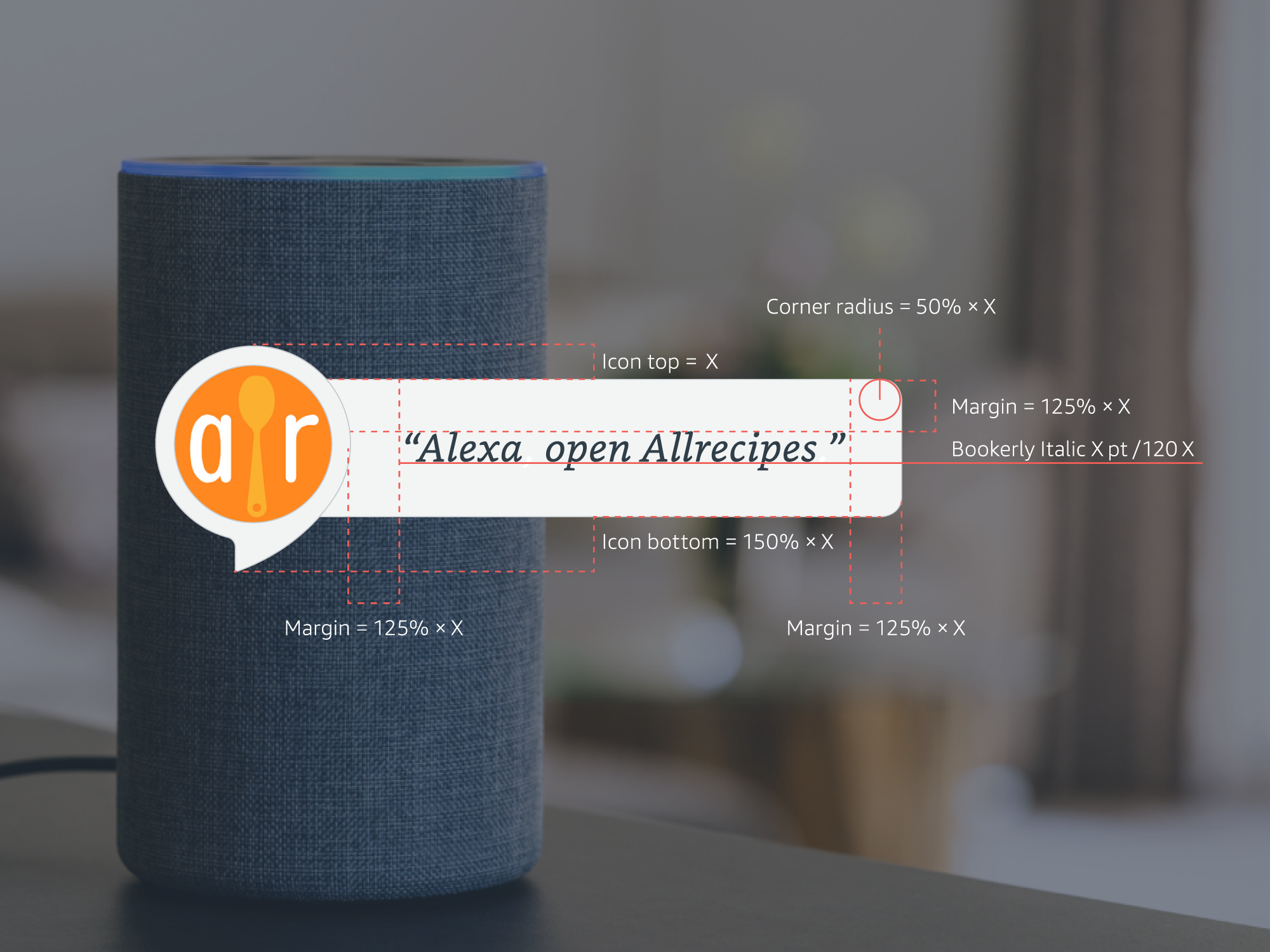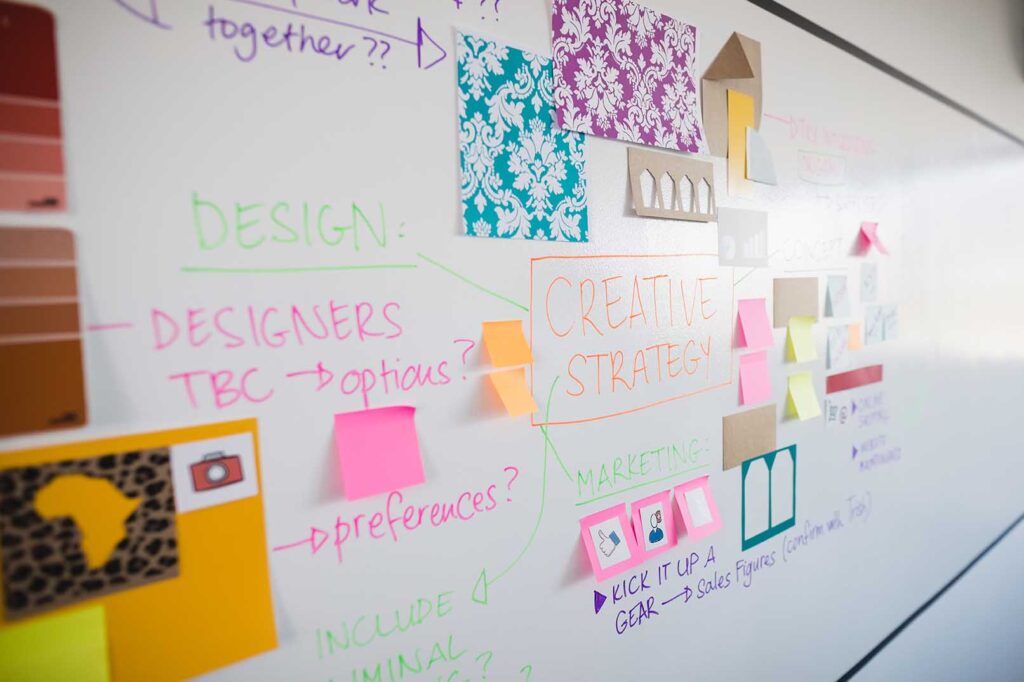During my tenure as Art Director for the Amazon Alexa Skills team, I developed brand guidelines for internal and external partners around the globe, acting as creative lead for major product launches, hiring outside vendors, producing digital display ads, and art directing video and photo shoots.
I also produced and directed creative across a wide variety of media and channels, including digital display ads, social media assets, video content, direct mail, co-branded packaging, and more.


